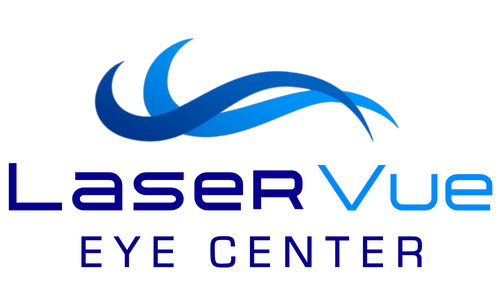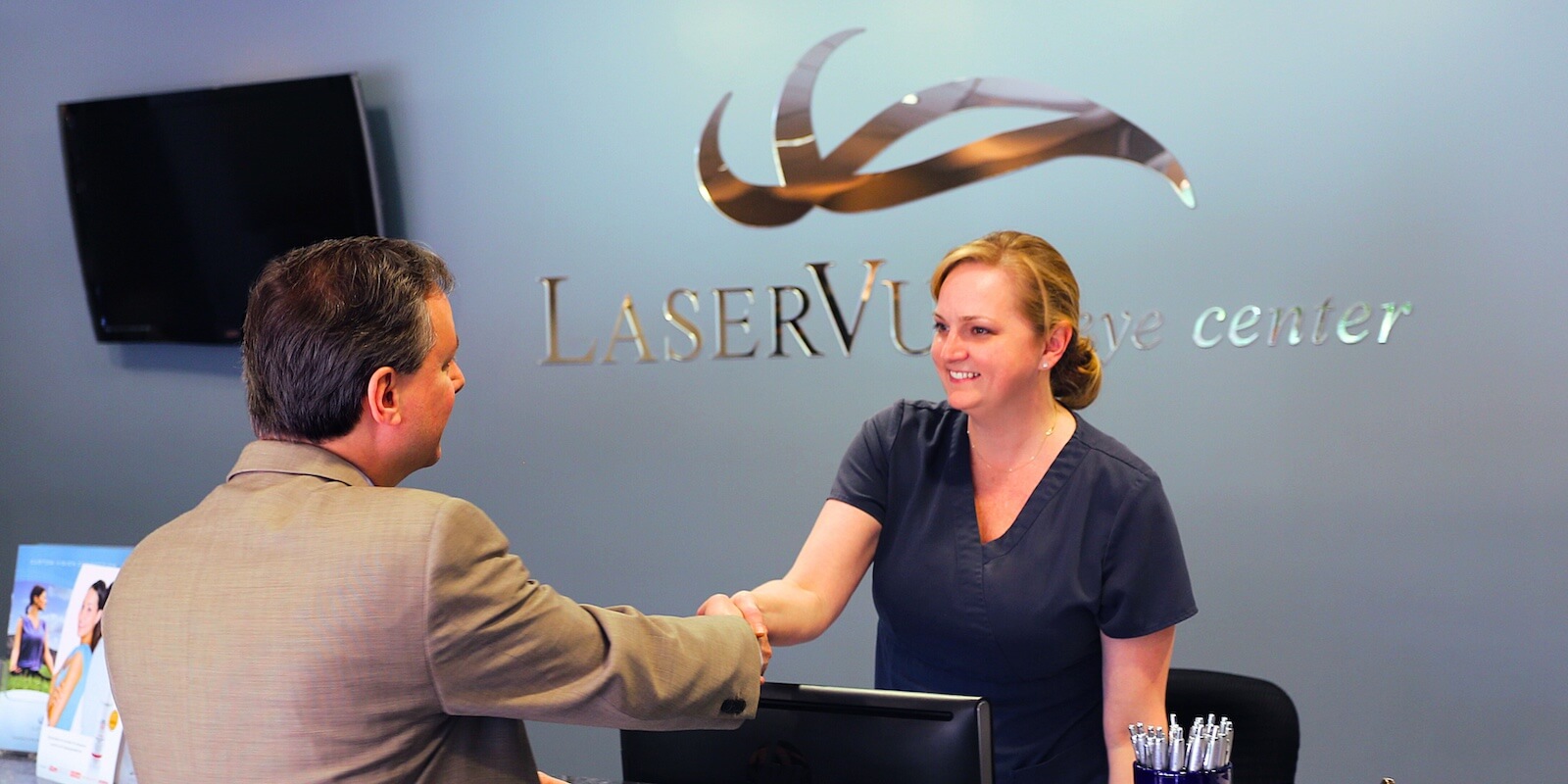Eyelid Surgery

Your eyes are often the first thing people notice about your face and are an important aspect of facial attractiveness. The eyelids protect one’s eyes in addition to adding to their cosmetic appearance.
Unfortunately, over time, your upper and/or lower eyelids may become “droopy” or “baggy” because the eyelid skin stretches, muscles weaken, and fat pockets bulge and become more prominent around the eyes. This most commonly occurs because of the aging process but also may be a hereditary condition. Your eyebrows also may sag or droop as part of this same process.
Aesthetically, such conditions may detract from the overall attractiveness of one’s eyes and cause a “tired” or older appearance. When severe, these conditions also may cause functional problems, such as impaired field of vision (baggy upper lids) or difficulty wearing glasses (baggy lower lids).
Surgery
Eyelid surgery to improve the appearance of the eyelids is termed “blepharoplasty.” Blepharoplasty is usually an outpatient procedure performed under local anesthesia, with sedation if desired.
The goal of this eyelid surgery is to reduce the baggy or sagging tissues, which may include skin, muscle, and fat pockets. In upper eyelid surgery, typically all three types of tissue are removed. In lower eyelid surgery, sometimes only fat pockets need to be removed; other times, skin and muscle may also need to be included.
If only fatty tissue needs to be removed from the lower eyelids and not any skin, the surgery can be performed behind the eyelid. This is known as “transconjunctival blepharoplasty.”
In cases where the eyebrows are also droopy, a procedure to elevate the eyebrows may be appropriate. This procedure, known as the brow or forehead lift, may be done directly above the eyebrows, within the forehead creases, or by approaching the brows from the hairline as a “coronal brow lift.”
After Surgery
Following surgery, cold compresses are applied to the eyelids to reduce swelling and bruising. These are later followed by warm compresses to improve blood flow to the area and aid in the healing. The eyes do not need to be patched shut. During the first week, antibiotic ointment is applied to the eyelids, and strenuous activity should be minimized.
Discomfort is usually minimal after surgery. Aspirin products and “blood thinners” should be avoided before and after surgery because of their tendency to increase bruising.
After surgery, one may temporarily experience minor discomfort, tightness of the eyelids, swelling, bruising, and dryness of the eyes. These will usually resolve as the wound heals. Excessive pain, bleeding, infection, or loss of vision in the period following surgery is very rare. In the unlikely event that such problems occur, you should notify your physician promptly.
Complications that may occur include slight asymmetry in eyelid appearance or eyelid position. These problems occur infrequently and may require additional surgery to correct.
Blepharoplasty can provide both cosmetic and functional improvement, with minimal risk of serious problems. Most patients are quite pleased with the results of their eyelid surgery.
Fountaingrove MedSpa is an affiliate of LaserVue Eye Center, which offers aesthetic services in Santa Rosa.
To learn more about eyelid surgery, Please call 707-800-6432 for a personal consultation with Dr. Singh.

